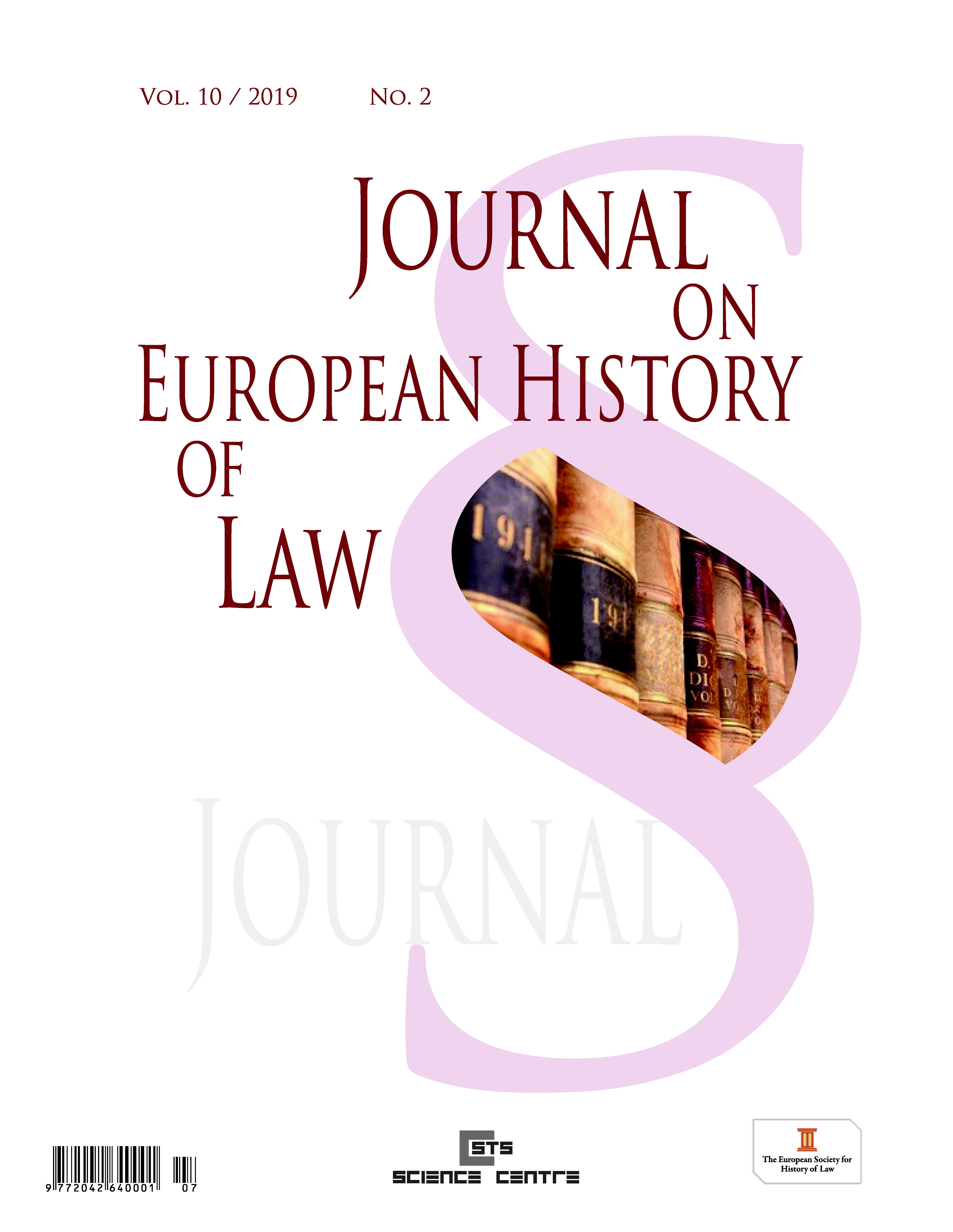Development of the Structural Independence of the Hungarian Judiciary from the Beginning until the End of the 19th Century
Development of the Structural Independence of the Hungarian Judiciary from the Beginning until the End of the 19th Century
Author(s): György KépesSubject(s): History, Law, Constitution, Jurisprudence
Published by: Evropská společnost pro právní dějiny, z.s.
Keywords: Hungarian constitutional history; separation of powers; judicial power; court system; judicial independence; organisational independence; structural independence; functional separation.
Summary/Abstract: Independence of the judiciary is one of the most important guarantees of rule of law, the guiding legal principle of the modern constitutional state: “Judicial independence and judicial supremacy work together in an attempt to guarantee that the rule of law will not be eroded by the political pressures in existence at any particular point in time”. This independence has many elements, recognised during several centuries of state formation in the European (and North American) legal culture. This study focuses on the Hungarian evolution of one aspect: the independence of the courts in the sense of organisational independence, manifested in the establishment of the judiciary as a separate branch of the government. In addition to this, the judicial independence in terms of the personal discretion of the judges in their decision making (“decisional independence”), free of any external – and primarily: political – influences, has an enormous importance as well.
Journal: Journal on European History of Law
- Issue Year: 10/2019
- Issue No: 2
- Page Range: 158-167
- Page Count: 10
- Language: English

